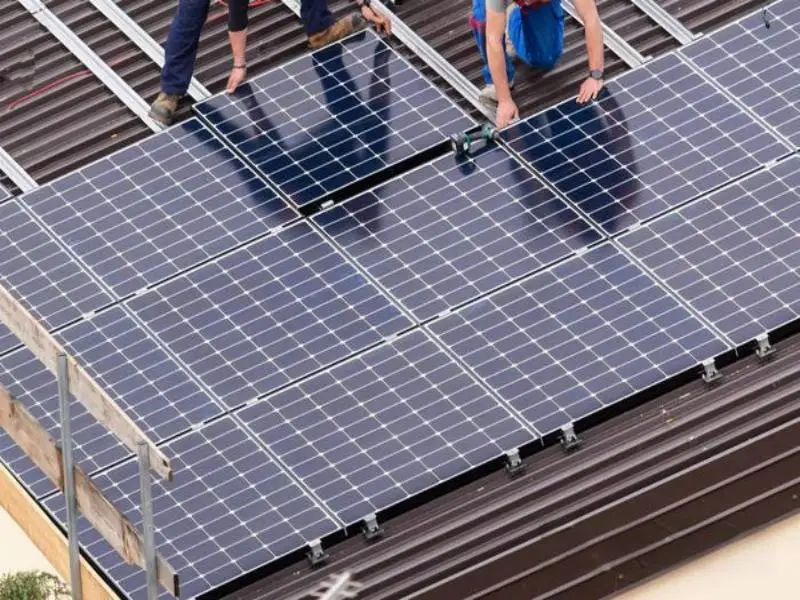- AES Corp has unveiled a pioneering robot capable of handling and installing the numerous heavy solar panels required for a sizable solar array.
- This project will accelerate the deployment of solar power, thereby addressing the issue of global warming and meeting the rapidly growing demand for electricity.
OUR TAKE
AES’s new robotic solution addresses the growing demand for efficient and sustainable energy sources. The robot is designed to handle the installation of solar panels with precision and speed, reducing the time and labour costs associated with traditional installation methods. This innovative technology is set to revolutionise the renewable energy sector by streamlining the installation process and making solar power more accessible.
–Rebecca Xu, BTW reporter
What happened
AES Corp, a major player in the nation’s renewable energy sector, has launched a novel robot, dubbed Maximo, designed to transport and set up the numerous hefty solar panels needed for a large-scale solar installation. The company asserts that Maximo has the potential to deploy solar panels at a pace double that of human workers, and at a fraction of the expense.
Maximo, about the dimensions of a pickup truck, features an expansive telescopic arm equipped with suction cups that lift solar panels individually and arrange them in orderly rows. It utilises artificial intelligence and computer vision technology to ensure precise placement.
Following extensive testing, AES plans to deploy Maximo in the California desert in the coming months to assist with the installation of panels at the largest solar-plus-battery project currently being developed, which is intended to supply power to Amazon data centres. Should the deployment prove successful, AES intends to manufacture hundreds of these AI-driven robots for similar applications.
“We’re currently facing labour shortages on construction projects across the United States, which is hindering the expansion of solar farms,” said Andrés Gluski, CEO of AES, during an interview. “So, what’s the solution? Robots can operate around the clock, and lifting solar panels weighing up to 80 pounds is no issue for them.”
Also read: China’s robotaxi raises concerns about job displacement due to AI
Also read: Symbotic shares plummet amid sluggish robotics deployment
Why it’s important
Firms in a sprint to construct expansive solar farms in the United States confront an escalating issue: a scarcity of labour. Consequently, they are seeking robotic assistance. These companies assert that without significant alterations, it would be unfeasible to rapidly deploy solar energy at a pace sufficient to combat climate change and satisfy the country’s escalating electricity demands.
Energy companies want to use automation to overcome worker shortages, cut costs and speed up the construction of large solar farms. As AES continues to invest in robotics and renewable energy technologies, the company is well-positioned to lead the way in the global shift towards clean energy.
The introduction of this robot is expected to have a significant impact on the energy industry, promoting the adoption of solar power and supporting the transition to a low-carbon economy.

